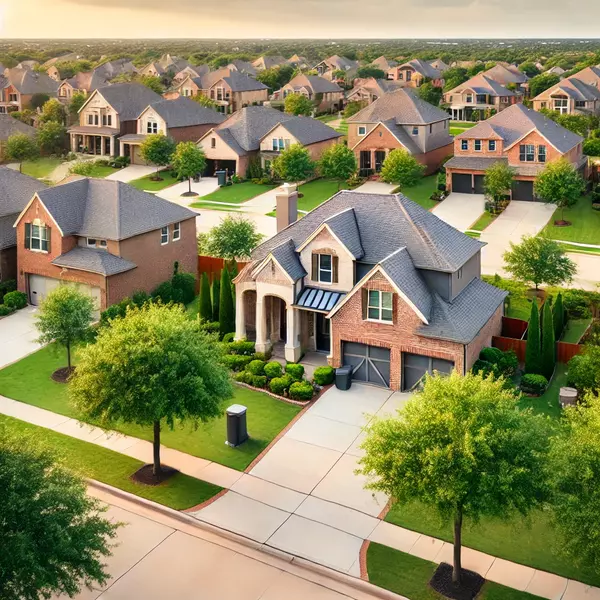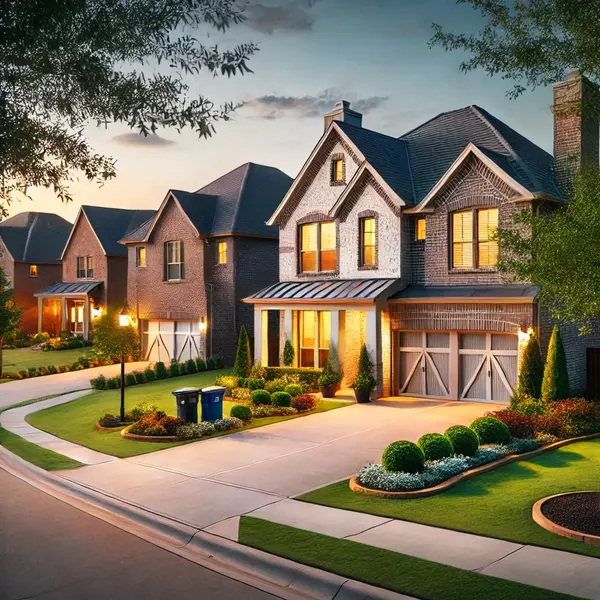National Report: Pending Home Sales Increased by 3.4% in March
In March, pending home sales surged by 3.4%, as reported by the National Association of REALTORS®. While the Northeast, South, and West experienced upticks in monthly transactions, the Midwest saw a decline. Comparing year-over-year figures, the Northeast and South saw decreases, whereas the Midwest and West showed improvements.
The Pending Home Sales Index (PHSI), which gauges future home sales based on contract signings, rose to 78.2 in March, with a slight 0.1% increase compared to the previous year. This index uses 2001 as a baseline, with 100 representing the level of contract activity at that time.
"While March's Pending Home Sales Index of 78.2 marks the strongest performance in a year, it still remains relatively stable over the past 12 months," noted NAR Chief Economist Lawrence Yun. "Significant growth hinges on declining mortgage rates and an increase in housing inventory."
Looking ahead, NAR projects a 9% increase in existing-home sales for 2024, reaching 4.46 million units, followed by a 13.2% surge in 2025 to 5.05 million units. Housing starts are also expected to rise by 1.2% in 2024 and 4.9% in 2025.
Yun pointed out, "With home sales stagnant at 30-year lows and a considerable increase in the U.S. population since then, it's foreseeable that sales will pick up in the coming years." He attributed this to a combination of increased construction activity and life changes prompting people to move.
Median home prices are forecasted to rise by 1.8% in 2024 to $396,800 and another 1.8% in 2025 to $403,800. However, the median price for new homes is anticipated to decrease by 0.6% in 2024 before rebounding by 3.4% in 2025.
Yun emphasized that home price growth is expected to align with inflation and wage increases. He noted the resilience of current homeowners' financial positions, with distressed sales making up only 2% of transactions.
NAR anticipates a steady improvement in home sales alongside record-high prices. "Job growth, stable mortgage rates, and increased inventory will drive sales," Yun said, acknowledging the ongoing housing shortage and its impact on prices.
Breaking down the regional data, the Northeast saw a 2.7% increase in its PHSI, while the Midwest experienced a 4.3% decline. The South and West regions showed improvements of 7.0% and 6.8%, respectively.
Yun cautioned that rapid home price growth relative to income poses challenges for first-time buyers. However, he expressed optimism about inventory growth due to recent increases in home construction and the anticipated listing of homes by sellers who postponed selling in recent years.
The Pending Home Sales Index serves as a leading indicator for the housing market, reflecting pending sales of existing homes. While pending contracts offer early insights into future sales, completion timelines can vary due to factors like financing issues or home inspections.
Categories
- All Blogs (22)
- 75002 Home Statistics (1)
- 75013 Market Overview (1)
- Buying A Home (5)
- Collin County Homes (1)
- Dallas job growth (1)
- Grayson County (1)
- Hiring a real estate agent (3)
- Home Sales (4)
- Mortgage (2)
- Plano (1)
- Real Estate News (3)
- Short Term Rentals (1)
- Top real estate agents near me Allen (1)
- Top real estate agents near me Parker (1)
- Top real estate agents near me Plano (1)
Recent Posts










GET MORE INFORMATION

